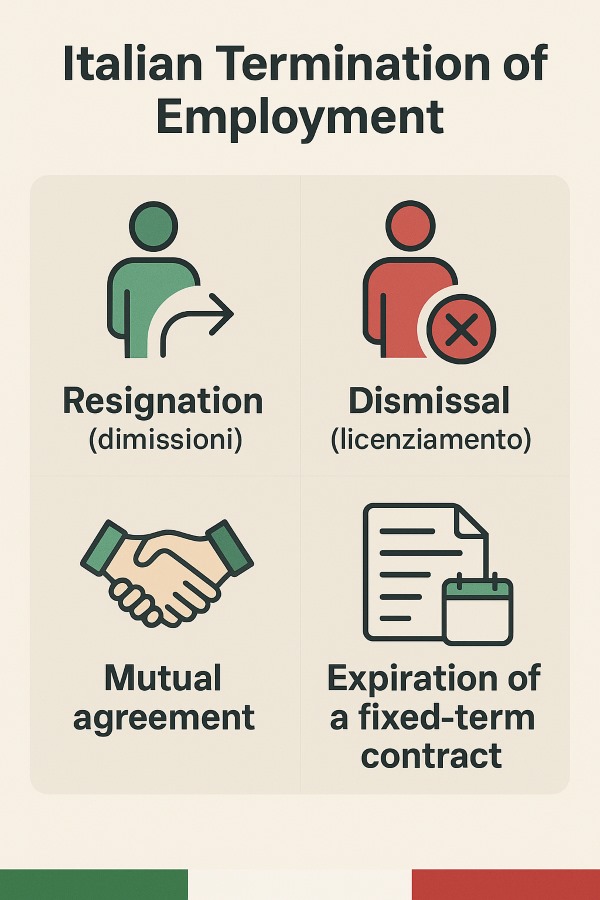Table of Contents
ToggleHow long can you stay outside Italy with permesso di soggiorno?
Are you a non-EU citizen who wants to reside in Italy for more than 90 days? Then, continue reading. Whenever you enter Italy and need to stay more than 3 months, you are to apply and get a Permesso di Soggiorno (residence permit). But be careful! If you have this permit and leave Italy for more than 6 months, it could be canceled. Let’s delve into this topic to provide clarity on regulations, considerations, exceptions, and special cases.
Understanding the Permesso di Soggiorno
First, define Permesso di Soggiorno. The permesso di sogornno, or resident permit, is a unique document issued to non-EU citizens who intend to stay in Italy for more than 90 days and grants them access to a variety of services and benefits. Individuals can use this document to gain access to healthcare, education, work, or social benefits, as well as an identification document in Italy and while dealing with authorities.
To obtain this permit, the individual must first get into a multi-step application. First, he/she must secure the necessary visa to enter Italy legally. Visa may vary depending on the purpose of their stay (e.g., work, study, family reunification). After arriving in Italy, they must head to the local immigration office (Questura) not later than 8 days to submit an application for the Permesso di Soggiorno.
During the visit, the applicant most likely needs the following documents:
- a valid passport
- Visa
- proof of accommodation
- financial resources
- and any additional documentation specific to the type of permit being sought.
After applying, applicants may undergo interviews or provide biometric data, such as fingerprints.

Regulations on Staying Outside Italy with a Permesso di Soggiorno:
Yet, obtaining Permesso di Soggiorno does not obligate you to spend all of your time in Italy. You can leave Italy and go to other countries, but be sure to obey the laws for staying outside of Italy. The regulations determining how long a person can stay outside of Italy while having a Permesso di Soggiorno vary depending on the type of permit and the individual circumstances. Individuals with this permit can leave Italy temporarily, but the duration of their departure is limited.
If your Permesso di Soggiorno is valid for less than one year, you should be cautious about staying outside Italy for an extended period. According to some sources, leaving Italy for more than 120 days within a year might threaten the validity of your permit. Here’s an estimate of validation throughout being outside Italy.
Maximum Duration
The maximum time you can stay outside Italy depends on the type of Permesso di Soggiorno you hold:
- Less than 2 years validity: Up to 6 consecutive months.
- 2 years or more validity: Up to half the duration of the permit (e.g., 1 year for a 2-year permit).
- Permesso di Soggiorno Lungo Periodo (long-term residence permit): Up to 12 consecutive months (possibly with exceptions).
For permits valid for more than one year, the regulations may differ. It’s essential to thoroughly understand the terms and conditions of your specific permit to avoid any unintentional violations.
Renewal and Reentry Considerations
Individuals having a Permesso di Soggiorno ought to consider the implications for renewal and reentry before leaving Italy for a lengthy period. To minimize issues when you return, be sure your permission is valid throughout your anticipated absence.
If your permit nears expiry during your trip, explore two options:
- Early Renewal: Start the renewal process before you leave to avoid difficulties as it is not always possible to handle online or through the post office.
- Proxy Appointment: Designate a trusted individual in Italy with appropriate authorization to handle the renewal on your behalf. (Consult Italian authorities for specific proxy appointment rules.)
Pre-Departure Tips:
- The most important step is to check the expiry date on your Permesso di Soggiorno. Make sure it covers your entire trip to avoid last-minute renewal hassles or potential re-entry problems.
- Make copies of your Permesso di Soggiorno (both sides) and any current renewal application receipts. Keep these with you while traveling. These can be used as proof of residency status and continuing renewal efforts if questioned at border control.
Exceptions and Special Cases
Finally, individuals having a Permesso di Soggiorno may be eligible for certain exclusions and special instances that allow them to stay outside of Italy for longer lengths of time without jeopardizing the validity of their permits. These exceptions may include circumstances like:
- Official assignments or diplomatic missions abroad.
- Accompanying family members of individuals on official assignments or diplomatic missions.
- Medical treatment abroad with prior authorization from Italian authorities.
- Study or work-related assignments abroad approved by relevant authorities.
- It’s crucial to consult official sources or legal experts to determine whether any exceptions apply to your specific situation and to obtain the necessary authorizations or documentation.
Wrapping Up
The Permesso di Soggiorno offers individuals legal residence in Italy and allows them to stay in the nation for a set amount of time. While temporary absences are often authorized, persons must follow restrictions governing the duration of absence allowed outside of Italy.
So, before planning an extended absence, individuals should completely understand the conditions and circumstances of their specific permits, as well as the implications for renewal and being readmitted. Consulting official sources or legal professionals can provide clarification and guidance on regulations, exceptions, and unique cases that apply to their situations.
Are you interested with similar topics? Read our related articles from here: Everything you need to know about renewing your permit of stay in Italy, Path to residency: Italy’s permit of stay requirements and Italy’s Non-Married Partner Residence Permit: A Detailed Overview




